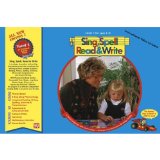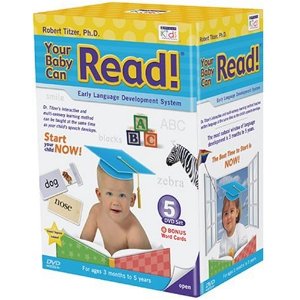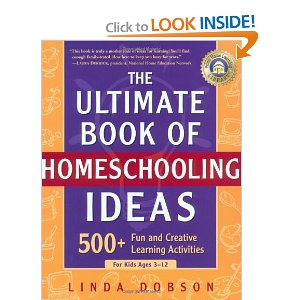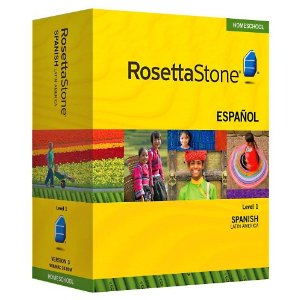Once you have decided to start homeschooling, you will need step by step guide to get you started off in right foot. Here are some simple steps for your homeschooling guidance that may help you get started in Homeschooling.
Getting Started in Homeschooling
1. Making a Decision:
Choosing to do homeschooling is not for everyone and requires planning. Once you have read up information here, decide if that is something you and your child is ready to take on. Decision to homeschool is not easiest and it does not have to be all or nothing. You can decide to homeschool one year at the time, but give it your best shot if you decide to go for it.
2. Start off on right way:
Starting off right will make you new adventure in homeschooling much smoother as with any new thing you start. Here are some simple steps to get it organized and plan for it.
- Get your mentally ready as a family
- Set up area for homeschooling in home
- Set up a time table and organization so you will stay focus on schooling
- Decide what type of schooling you will be doing such as setting up school your self, using public school or charter’s school’s homeschool or independent study program.
- Have school supply list ready and buy record keeping planners and oranizers
- Keep all kids vaccines, birth certificates in school file cabinet just like local school. You may never need to show it anyone, but have it ready just in case.
- Find a local support group for you and your child.
3. Legal issues:
Homeschooling is legal in 50 states of US and Canada and other countries but rules are little different everywhere. Find out Local Homeschooling Legal Laws and follow it to stay legal and proper.
4. Find Support:
Once you decide on homeschooling, find support from your child, spouse, friends and relatives as you need. The most important support are from your kids and spouse as they will be facing it daily. In addition to this, you may want to find local homschool support group of other like minded homeschooling families to meet for park days, play dates or field trips together. When you are starting out, this support is very crucial and helpful.
5. Learning Style:
Find out what is your child’s learning style is, some kids learn better verbally, while some do better by visual approach by seeing things and there are others who learn best by actually trying it out. You may find that your child may fall in to 2 or more categories of learning style and that is okay too. This will help you as a teacher to teach best way for your child.
- Visual Learner
- Auditary or Voice learner
- Tele Kinestic Learner
Find more about different learning style: Here
6. Decide if de-schooling is needed:
If you are starting to homeschool at preschool level and your child never has been to public school, this step is not needed. De-schooling is process for many kids who have gone to public school and whatever reason now trying out to homeschool. Many times kids are taken out of school because of bullying, emotional issues and problems with learning has happened in regular school, these students will need time to get rid of unplesant feelings, routine and schedule of schooling for while in order to get back to learning again.
You can find out more about deschooling here: Click here.
7. You can start School in Midyear:
Let us suppose, your child in public school is having some issues with school and does not want to go, can you start homeschooling mid year? of course, you can. Just like you can change school in mid year, if you move to different city or state, you can do that staying in same place with homeschooling. You do not need to wait for school year to end to make uncomfortable situation continue with your child. You need to find right legal homeschool ways to ask for school to transfer his record to your new homeschool entity, just follow the process that is legal in your area to make sure you do not any hassle from school administration.
8. Choose Curriculum:
There are many homeschooling educational companies that sell curriculums for homeschooling parents. There are several ways to choose a curriculum that is right for your child’s age and his or her skill level. Most of them do not have to cost lot of money and even those do cost money have better return over the years so do not skimp on certain things and save on other issues.
- Use public library, PBS and Internet to supplement education
- For preschool and KG levels not much curriculum is needed, basic phonics program, reading to them, colors and shapes will do.
- You can check out some curriculum at library before buying it online as there are many online companies selling homeschooling curriculum in various levels.
- You can choose online or video based educational series
- Your child can take classes by independent vendor teaching program on subject you know little about.
- Some basic things you can teach your child, such as reading, cooking, simple math, algebra, science projects and more.
- You can choose to buy grade level curriculum which will cover all required subjects to learn or you can buy different subjects from different vendors, eclectic learning works for many homeschooler. For example, a kindergartener can read 2nd grade level language arts program and 1st grade level math program and KG level social studies, you can do that in homeschooling.
9. Keep it fun:
Some families have class setting just like public school, and they do all worksheets and follow course work, other families are more hands on and unschooler where kids lead learning happens. Whatever your teaching style is, make sure to focus on fun of learning and not to make it like displined rigid environment with unbreakble rules. Learning happens when kid’s mind are open and eager, so make it fun and interesting for them.
If your child is having fun learning about butterflies, even though class time might be over, continue talking to him or her that is best time learning can happen. Homeschooling is all about flexibility and focusing on child.
10. Take time to Live and fun:
Switch off the teacher mode once school is over and be mom or dad. That is one of the hardest thing for some homeschooling parent to do, as they are constantly seeing an oppurtunity to teach or show something cool to a child.While learning can happen in every ordinary things we do in life, sometimes just be mom or dad and let kid have time to play and imagine. Limit Television and Un-necessary Internet time.
Whatever you do, have fun to in order to engage and teach and strengthen the bond between you and your kids.
Check out:
10 Things to Consider Before you Start Homeschooling
Homeschool Reference Books for Parents
Best kindergarten curriculum I love! Sing, Spell, Read and Write









